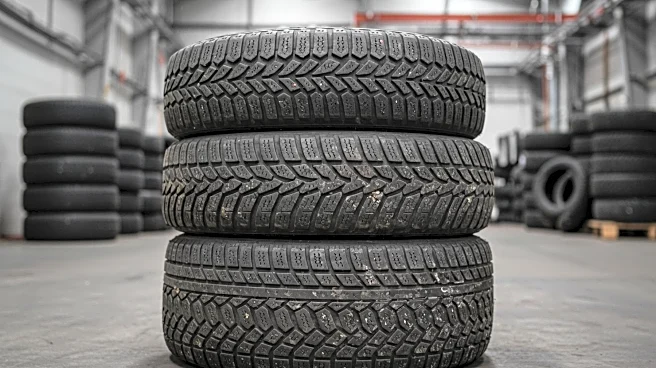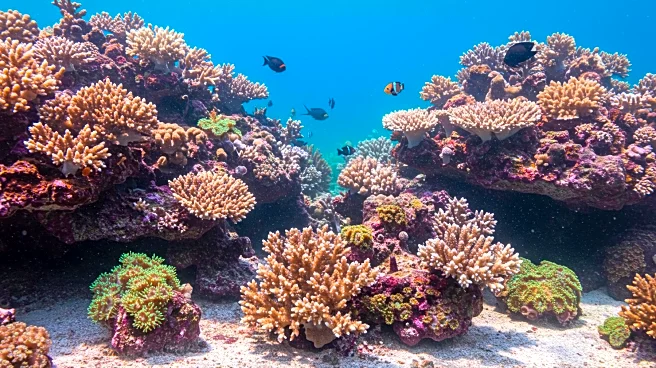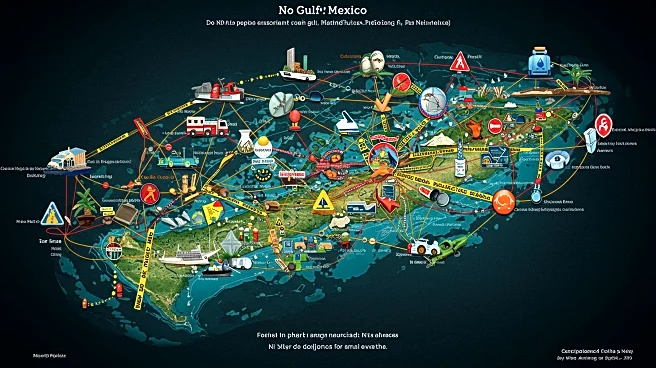Rapid Read • 6 min read
Recent research has underscored the potential of algae, both microalgae and macroalgae, as effective agents for pollution control. These organisms are capable of absorbing nutrients, heavy metals, emerging contaminants, and carbon dioxide, making them valuable for remediating polluted water, soil, and air. The advancements in cultivation systems have allowed algal bioremediation to move beyond laboratory settings into field applications and industrial integration. The research invites further exploration into genetically engineered or synthetically modified algal strains for enhanced bioremediation, algae-based biosensors for real-time pollutant detection, and algal-bacterial associations. Additionally, the integration of algal systems into circular economy models, such as converting algal biomass into biofuels, bioplastics, or biofertilizers, is encouraged.
AD
The use of algae in pollution remediation is significant due to its sustainable and nature-based approach to environmental management. As industries and governments seek solutions to mitigate pollution, algae offer a promising alternative that can be integrated into existing systems. This research could lead to scalable solutions for urban and rural settings, addressing climate resilience and providing a framework for policy and governance. The potential to convert algal biomass into valuable products like biofuels and bioplastics also presents economic opportunities, aligning with global sustainability goals.
AD
More Stories You Might Enjoy










